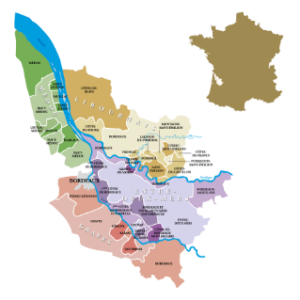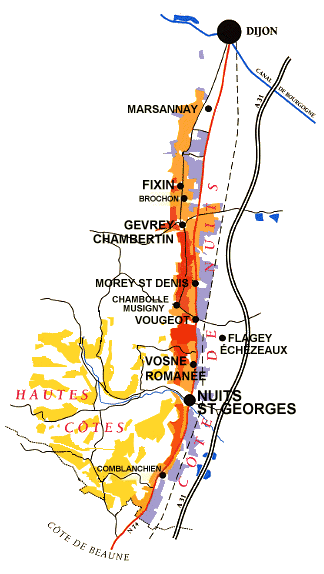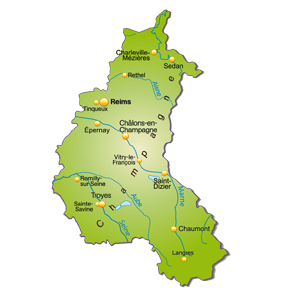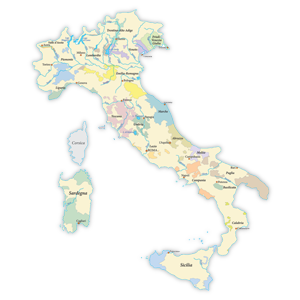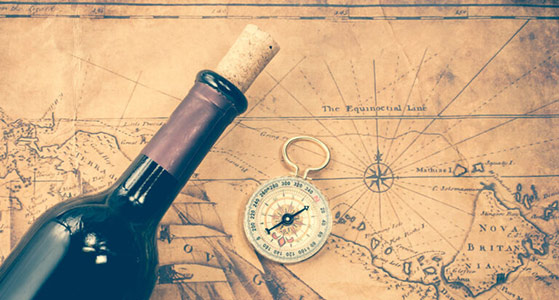Labels
Bottles from Bordeaux
The terms below are indicative of the fill levels:







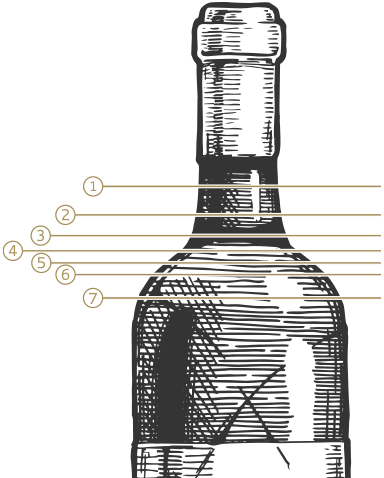
Latour Martillac 1998
€29,00 incl BTW: €35,09
Op voorraad




Specificaties
| Country | |
|---|---|
| Region | |
| Sub Region | |
| Bottling | Estate Bottled |
| Type of Wine | Red wine |
| Jaar | |
| Bottle size | 0.75 L |
| Packaging | Loose |
| Rating | 88 |
| Reviewer | Jean-Marc Quarin |
| Label |
gl |
| Capsule | good condition |
| Level |
neck |
Latour-Martillac is a Bordeaux producer in the Pessac-Léognan region in the north of Graves. It makes Cabernet Sauvignon-dominant red blends as well as a dry white wine led by Sémillon. It was named a Classed Growth in the 1959 Classification of Graves and is one of the few producers to be named for both its red and white wines.
The Latour-Martillac property has been under vine since at least the 19th century when it was a part of the larger Château La Brède. The modern estate name comes from the tower that remains of a 12th century fortified castle whose stones were used to build the château in the late 1700s. Latour-Martillac was managed by Edouard Kressmann and his négociant business beginning in the 1870s. His son Alfred went on to buy the estate in 1930 and it has remained in the Kressmann family since. The family has also owned Château Langlet in Cabanac-et-Villagrains since 1999.
Château Latour-Martillac has 42 hectares (104 acres) under vine, three quarters of which are planted to red grapes. Cabernet Sauvignon makes up roughly 60 percent of the vines with some Merlot and a small amount of Petit Verdot. Sémillon makes up most of the remaining vineyard followed closely by Sauvignon Blanc and some Muscadelle.
The vineyards are divided into two sections. A slightly elevated hill on the property with gravel soils from ancient movements of the Garonne is given to Cabernet Sauvignon and Petit Verdot. Closer to the modern river banks is a still-gravelly plot with a high concentration of clay in the subsoil that is planted to Merlot and the white varieties. There is also a tiny 0.65ha parcel named Grattecap that dates back to 1884 and is mostly planted with Sémillon. It is entirely hand-harvested and ploughed by horse.


